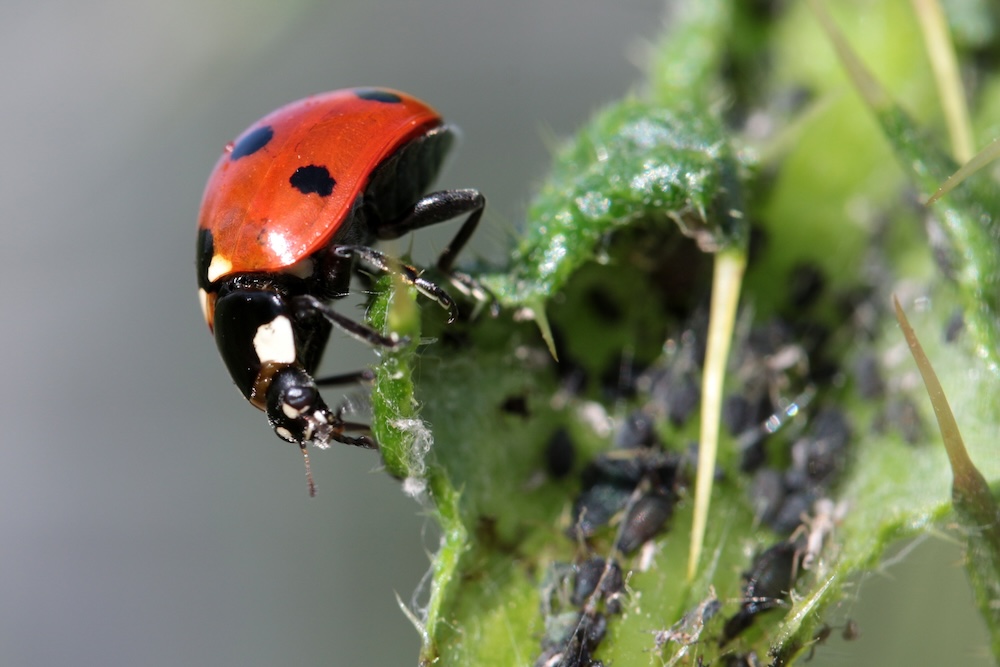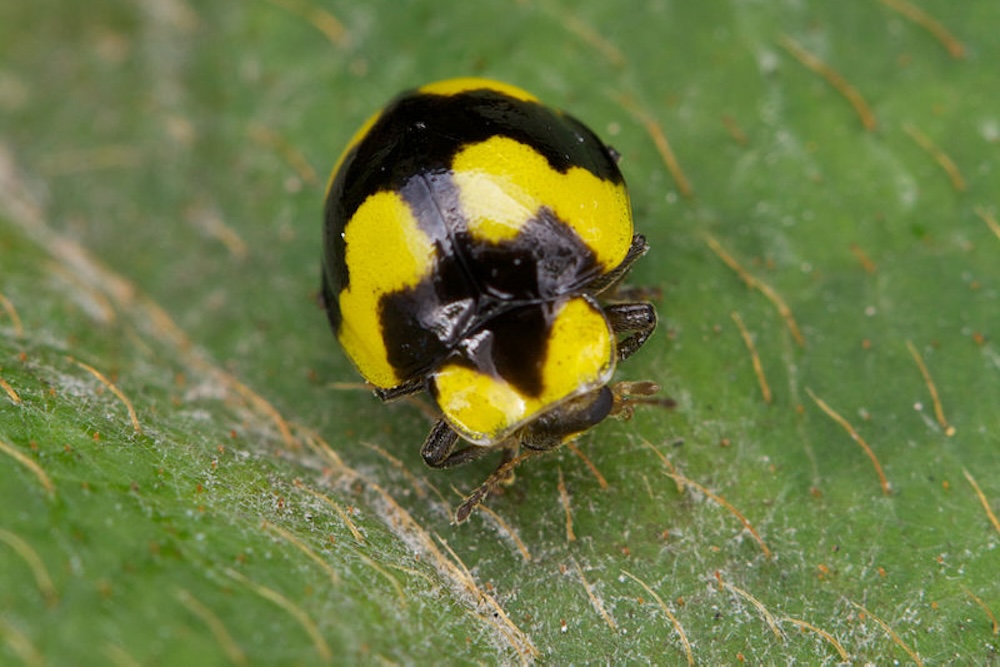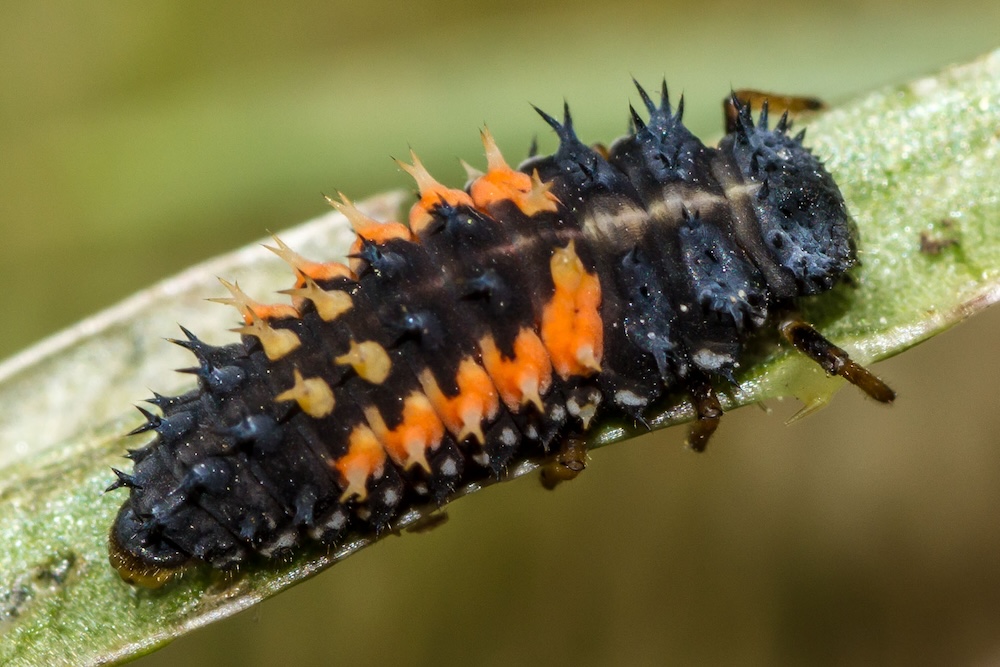They’re commonly perceived as the perfect fit for any garden, regardless of location or conditions.
Ladybirds: Ferocious Aphid Pest Predators
Ladybirds, known for their distinctive spotted appearance and striking red or yellow colours, are a welcome sight in any garden or landscape. But their value extends beyond their beauty; ladybirds play a crucial role in our urban ecosystem, particularly as natural pest controllers.
This article provides practical guidance on how you can encourage the presence of these beneficial insects in your garden or landscape.

Understanding Ladybirds
What Are Ladybirds?
Ladybirds, also known as ladybugs or lady beetles, belong to the Coccinellidae family. With over 5,000 species worldwide, they’re easily recognised by their round, often brightly coloured bodies and distinctive spots.
The Importance of Ladybirds in the Ecosystem
Ladybirds contribute significantly to maintaining a balanced ecosystem. Their predatory nature helps keep soft-bodied sucking insect populations in check, preventing them from overwhelming healthy plants in natural ecosystems.
Ladybirds also serve as prey for birds, spiders, and other insects.
Benefits of Ladybirds in Gardening
Natural Pest Control
One of the most significant advantages of having ladybirds in your garden is their appetite for aphids and scale insects. A single ladybird can consume hundreds of these pests during its lifetime, making them an efficient pest control solution.
When we talk about predatory ladybirds, we’re generally talking about red varieties. Both adult and larval ladybirds are voracious eaters of soft-bodied pests, making them a natural form of pest control.
Meanwhile, yellow generally ladybirds are known to feed on fungus. They’re awesome if your plants are experiencing some powdery mildew or sooty mold, but are probably powerless to control more serious fungal diseases like root rot.

Before we go on, I should mention that not all ladybirds are equally “beneficial” in a garden. The 26/28 ladybird, so-called for its numerous spots, will munch on plants instead of pests or fungal diseases.
Pollination
While nectar isn’t the main focus for ladybirds, they do still provide pollination services. They will happily eat pollen and sip on nectar between feasts of insect prey. This inadvertent pollination contributes to the reproduction and diversity of plant species in your garden.
Indicator Species
The presence of ladybirds can indicate a healthy garden. These insects are sensitive to environmental pressures and their presence indicates a healthy environment.
How to Encourage Ladybirds
Allowing Soft-Bodied Pests
Ladybirds need aphids and other soft-bodied bugs in order to thrive. If you see them on your plants, consider leaving them alone until the ladybirds find them, at which point their population will increase.
“Doing nothing” is my favourite method of Integrated Pest Management (IPM).
Providing Suitable Habitats
Ladybirds need suitable habitats to thrive. Consider leaving leaf piles in your garden, which can provide both food and shelter for these insects. Maintaining dense shrubbery with lots of leaves for them to lay eggs on and bark for them to overwinter beneath will help keep them around long-term.
Leave them a small dish of water which you regularly replace to avoid mosquito larvae. They can get most of the water they need from their food sources, but it’ll provide a supplementary source, especially during hot days.
Avoiding Harmful Pesticides
Pesticides can have a detrimental effect on ladybird populations, especially systemic non-targeted chemicals. Opt for eco-friendly alternatives where possible, and consider embracing organic gardening practices.
By doing so, you’ll be creating a safer environment for ladybirds, helping to ensure their survival and continued contribution to your garden’s ecosystem.

Daniel’s Wrap
Ladybirds are more than just charming garden visitors; they’re valuable contributors to our landscapes’ biodiversity and health. Encouraging their presence is more than just an exercise in gardening; it’s an investment in a balanced, vibrant ecosystem.
Together, let’s create gardens and landscapes that support and celebrate the vital work of ladybirds.




This Post Has 0 Comments